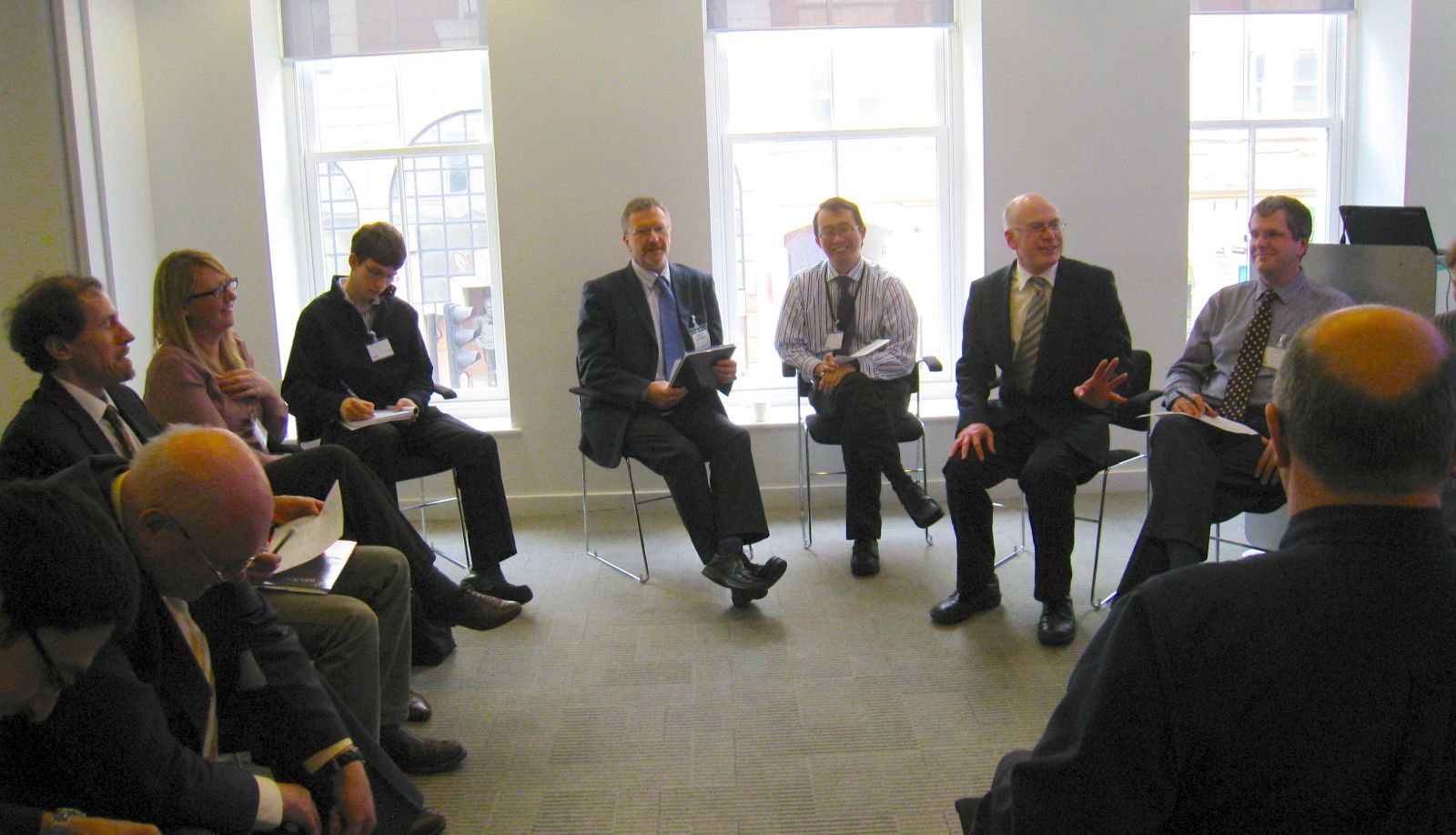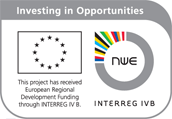How flood risk warning system in the UK can improve? Some enlightening insights from Local Authorities
by Rosa Vicari / École des Ponts ParisTech
 
The first workshop held in February 2012 at WSP House, London.
|
In the summer of 2007, due to heavy showers, a series of destructive floods occurred in the UK. With 7,300 businesses, 48,000 houses flooded, 13 deaths and 3.2 billion pounds worth of damages, the emergency was considered the largest in peacetime Britain. Two years later, an Extreme Rainfall Alert service was launched to improve the management and prediction of this type of flooding. The warning service was replaced in 2011 by the Surface Water Flood Risk Assessment. Local Authorities and flood professionals that presently use the warning service in the UK provided useful information for the RainGain partners on the benefits and limitations of the current system. These outputs were the result of an online survey of two workshops organised by Imperial College and Local Government Flood Forum. Susana Ochoa-Rodriguez from Imperial College gives us an insight into the consultation activities undertaken between February 2012 and May 2013 in the framework of the RainGain project. |
SO: We wanted to know the needs and resources of Local Authorities, whom in the UK are the ones in charge of surface water flooding. This will allow us to develop a models and local flood forecasting tools that meet the needs of the end users.
What are the most interesting results of the online survey and of the two workshops?
SO: We were positively surprised by the awareness of Local Authorities (LAs) and their capacity to use the existing surface water flood warnings (the ones currently provided by the Flood Forecasting Centre, which are spatially broad). From their replies we learned that they are ready and willing to make use of more localised warnings. In addition, based on their needs and on the resources available to them, both human and monetary, we determined that a low cost, mid-complexity system, accurate but easy to use, is needed for LAs.
How these results will influence the implementation of the RainGain's project in UK?
SO: This feedback allows us to better understand the needs of the potential users of the modelling tools that will be developed by Imperial College in the RainGain project. After the consultations, we have decided to put more efforts in monitoring, to use and develop open source software (in order to reduce costs), and to try to reduce the complexity of the warning system while keeping an acceptable level of accuracy.



